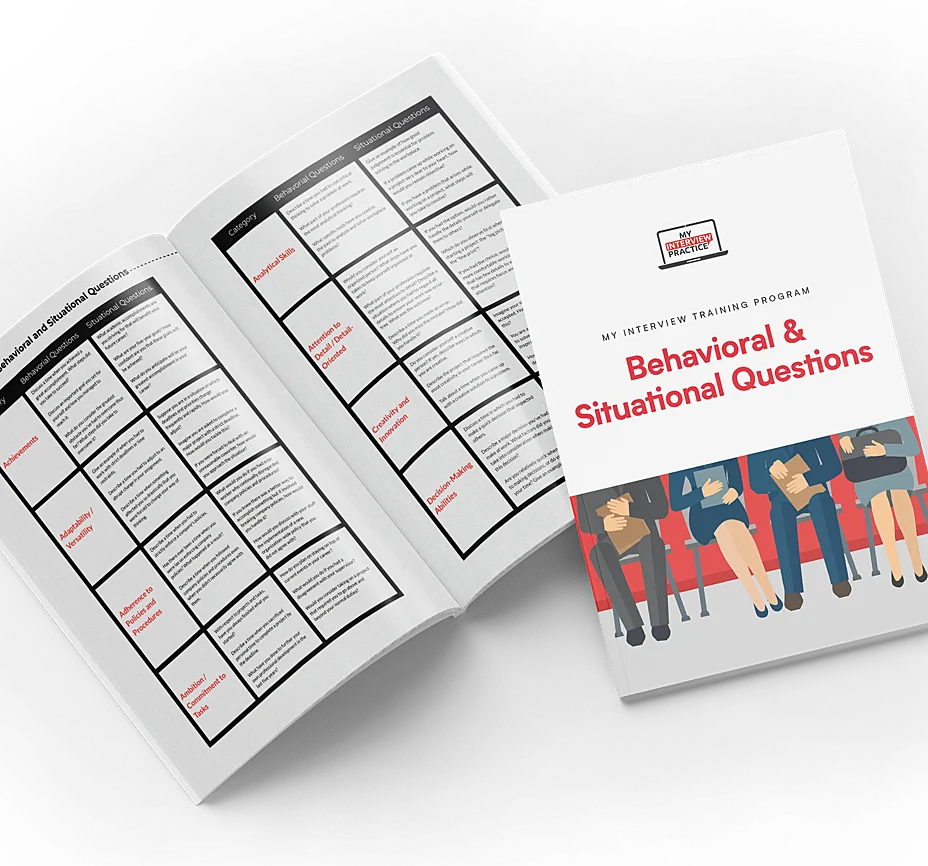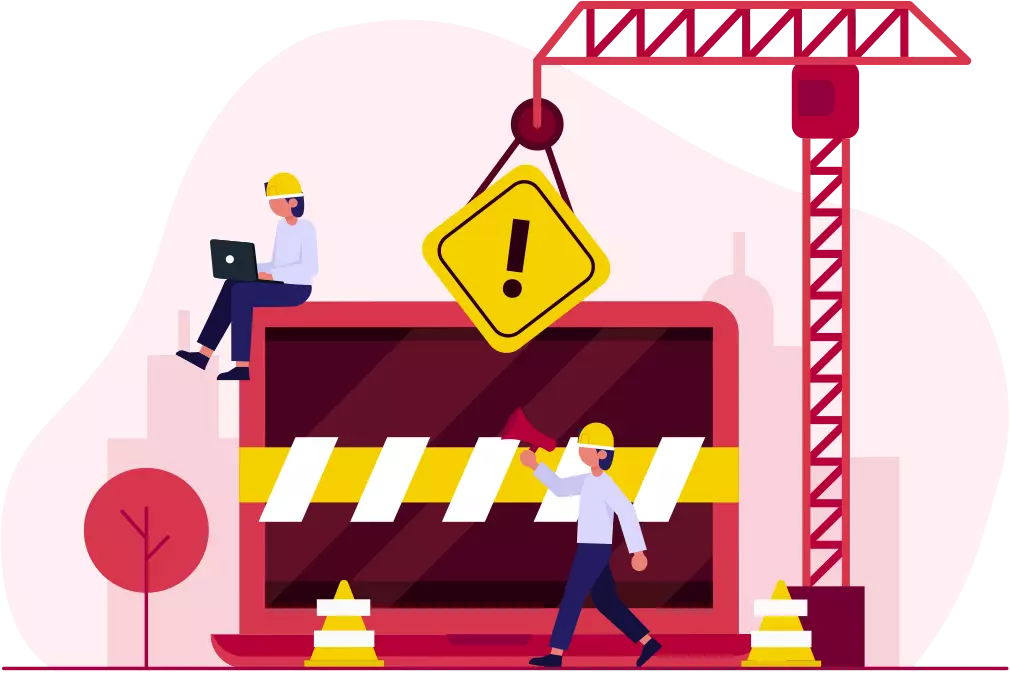 BACK
BACK
Structural Engineer Interview Questions
Structural engineers play a pivotal role in designing and analyzing structures that ensure safety, stability, and functionality. Interviews for these roles assess not only technical expertise but also your problem-solving abilities, project management skills, and creativity in addressing engineering challenges. Here are 24 essential structural engineering interview questions, along with explanations and example answers to help you prepare.
Structural Engineer Interview Questions
1. What inspired you to pursue a career in structural engineering?
Interviewers often start with this general question to understand your passion for the field and the journey that brought you here. Sharing your motivation can provide insight into your dedication to the profession.
Example Answer
"My fascination with structural engineering began in high school during a physics project where we had to build and test model bridges. Watching how forces interacted and understanding what made structures fail or succeed sparked my interest. Since then, I’ve been passionate about designing safe, functional, and innovative structures."
2. What do you consider the most important factor when designing a structure?
This question gauges your priorities and understanding of the engineering principles that drive successful designs.
Example Answer
"Safety is always the top priority in structural design. Ensuring a structure can withstand loads, environmental factors, and unforeseen stresses is critical. At the same time, I balance functionality, sustainability, and cost-effectiveness to deliver practical and efficient designs."
3. Can you describe a challenging engineering project you worked on and how you overcame the obstacles?
The interviewer is looking for evidence of your problem-solving skills and resilience in tackling complex projects.
Example Answer
"I once worked on a project involving the retrofitting of a historical building. The challenge was to reinforce the structure without altering its appearance. By using advanced modeling software and collaborating closely with architects, we developed discreet reinforcements and used innovative materials to preserve the building's aesthetics and structural integrity."
4. How do you stay updated on advancements in structural engineering and technology?
Continuous learning is vital in this field. This question assesses your commitment to professional development and awareness of industry trends.
Example Answer
"I stay updated by attending industry conferences, reading journals like Structural Engineering International, and participating in webinars. I’m also a member of professional organizations like ASCE, which provide valuable resources and networking opportunities."
5. What types of materials do you prefer to work with, and why?
Your answer will give insight into your design philosophy and familiarity with various construction materials.
Example Answer
"I enjoy working with a variety of materials, but steel and reinforced concrete are my favorites due to their versatility and strength. Steel is excellent for long spans and complex geometries, while concrete provides durability and resistance to environmental factors. Each material has unique characteristics, and I enjoy selecting the right one based on the project’s needs."
6. How do you approach designing structures in regions prone to natural disasters, like earthquakes or hurricanes?
This operational question evaluates your ability to account for environmental risks in your designs.
Example Answer
"When designing in disaster-prone areas, I prioritize resilience by adhering to local building codes and incorporating safety factors into the design. For example, in earthquake zones, I use flexible materials and ensure the structure can dissipate seismic energy. In hurricane-prone areas, I focus on wind resistance and secure connections to the foundation to prevent uplift."
7. Can you explain how you ensure the structural integrity of a design during the construction phase?
This question assesses your ability to oversee construction processes and maintain quality standards.
Example Answer
"Ensuring structural integrity during construction involves close collaboration with contractors and on-site inspections. I review construction plans, conduct regular site visits, and verify that materials and techniques meet design specifications. Clear communication with the construction team is key to addressing any deviations or challenges promptly."
8. What tools or software do you use in your structural engineering projects, and how proficient are you with them?
Interviewers ask this to gauge your technical skills and familiarity with industry-standard tools.
Example Answer
"I regularly use software like AutoCAD, Revit, and SAP2000 for design and analysis. For finite element analysis, I rely on ANSYS and ETABS. I’m proficient in these tools, having used them extensively in previous projects to model complex structures and simulate various load conditions."
9. How do you handle conflicts between your engineering recommendations and the client’s preferences?
This question evaluates your interpersonal skills and ability to navigate challenging client interactions.
Example Answer
"I approach such conflicts by thoroughly explaining the rationale behind my recommendations, emphasizing safety and long-term performance. I also listen to the client’s concerns and work collaboratively to find a solution that aligns with their vision without compromising structural integrity."
10. Can you describe your process for conducting load calculations?
This operational question examines your technical expertise in ensuring a structure can handle various loads.
Example Answer
"My process begins by identifying all potential loads, including dead, live, wind, and seismic forces. I then calculate the loads using building codes and industry standards. After that, I apply load combinations to ensure the structure can handle simultaneous forces. I use software like STAAD.Pro to validate my calculations and cross-check manually for critical components."
11. How do you incorporate sustainability into your structural designs?
With a growing focus on environmental impact, this question evaluates your ability to integrate sustainability into your projects.
Example Answer
"I incorporate sustainability by selecting eco-friendly materials, optimizing designs to reduce material usage, and considering energy-efficient construction methods. For example, I’ve used recycled steel and low-carbon concrete in previous projects. I also design for durability, minimizing maintenance needs and extending the structure’s lifespan."
12. Have you ever had to adapt an existing structure for a new purpose? How did you approach it?
This question explores your creativity and problem-solving skills in working with existing structures.
Example Answer
"Yes, I worked on converting an old warehouse into an office space. The challenge was to reinforce the foundation and frame to support increased loads while preserving the building’s original character. I conducted a detailed structural assessment, designed reinforcements where needed, and collaborated with architects to maintain the aesthetic vision while ensuring compliance with modern building codes."
13. How do you stay updated on changes to building codes and regulations?
Staying informed about evolving standards is essential for structural engineers, and this question assesses your commitment to ongoing learning.
Example Answer
"I regularly review updates from authoritative organizations like the International Code Council (ICC) and local governing bodies. I also attend seminars, webinars, and industry conferences to stay informed about new codes and best practices. Subscribing to engineering journals and participating in professional forums ensures I remain current."
14. Can you describe a challenging project you worked on and how you overcame obstacles?
This behavioral question evaluates your problem-solving abilities and resilience in complex projects.
Example Answer
"One of my most challenging projects was designing a high-rise in a seismic zone with poor soil conditions. I collaborated with geotechnical engineers to incorporate deep foundation systems and seismic dampers. We faced delays due to unexpected soil issues, but through detailed coordination and adjusted designs, we met safety requirements and project timelines."
15. What steps do you take to ensure the accuracy of your calculations and designs?
Accuracy is critical in structural engineering, and this question examines your quality control processes.
Example Answer
"I double-check all calculations manually and compare them against software outputs. Peer reviews are a standard part of my workflow, where a colleague reviews my designs for errors or oversights. Additionally, I use checklists to ensure all aspects of the design are compliant with codes and standards."
16. How do you handle tight deadlines without compromising on quality?
This question explores your time management and prioritization skills in high-pressure scenarios.
Example Answer
"I prioritize tasks by breaking the project into manageable milestones and setting clear deadlines. Communication with the team is key to ensuring everyone is aligned. I also allocate additional time for critical elements, like load analysis, to ensure accuracy. While I strive to meet deadlines, I never compromise on safety or compliance."

The Smarter Way to Prepare
Experience a smarter way to prepare with our interview simulator.
17. Have you worked on projects requiring collaboration with architects and other engineers? How do you ensure effective teamwork?
Structural engineering often requires coordination across disciplines, and this question assesses your collaborative skills.
Example Answer
"I’ve worked on several multidisciplinary projects where coordination with architects and MEP engineers was crucial. I establish clear lines of communication from the start, hold regular meetings to discuss progress, and use shared project management tools to ensure transparency. By respecting everyone’s expertise, I create a collaborative environment that leads to successful outcomes."
18. How do you approach risk assessment and mitigation in your designs?
This question evaluates your ability to foresee potential issues and incorporate safety measures into your work.
Example Answer
"I begin by identifying potential risks, such as environmental hazards, material performance, and construction challenges. I then apply safety factors and adhere to strict code requirements to mitigate these risks. Additionally, I conduct scenario-based simulations to test the structure’s performance under extreme conditions, ensuring its reliability."
19. How do you ensure the sustainability of your structural designs?
This question evaluates your commitment to eco-friendly practices and sustainable engineering solutions.
Example Answer
"I prioritize sustainable design by selecting environmentally friendly materials and incorporating energy-efficient construction techniques. I also explore ways to minimize waste during the building process, ensuring the structure's long-term durability with minimal environmental impact."
20. Can you explain the process you follow when reviewing blueprints and technical drawings?
Understanding your workflow for reviewing designs helps the interviewer assess your attention to detail and technical proficiency.
Example Answer
"When reviewing blueprints, I start by checking for code compliance and verifying load paths for structural integrity. I then cross-check dimensions, material specifications, and connection details to ensure the design aligns with the project’s requirements and safety standards."
21. What steps do you take to ensure safety during the construction phase?
The interviewer wants to know how you ensure that your designs translate into safe construction practices on-site.
Example Answer
"I provide detailed instructions and clear documentation to guide the construction team. Regular site visits allow me to inspect progress and address any deviations from the design. I also emphasize strict adherence to safety protocols and collaborate with site supervisors to resolve potential hazards."
22. How do you handle a situation where a client requests changes that compromise safety or structural integrity?
This question gauges your ability to manage client relationships while upholding professional and ethical standards.
Example Answer
"I explain to the client why their request may compromise safety and provide alternative solutions that achieve their goals without violating safety standards. By clearly communicating the risks and demonstrating viable options, I help clients make informed decisions."
23. Have you ever had to deal with a project delay? How did you manage the situation?
Delays are common in engineering projects, and this question evaluates your problem-solving and leadership skills.
Example Answer
"In one project, a delay occurred due to material shortages. I quickly reassessed the schedule, prioritized critical tasks, and collaborated with suppliers to find alternative materials. This approach minimized downtime and allowed us to meet revised deadlines without compromising quality."
24. What is your approach to mentoring junior engineers or team members?
This question examines your leadership abilities and willingness to share knowledge and support your team.
Example Answer
"I believe in hands-on mentorship by guiding junior engineers through real-world challenges and providing constructive feedback. I also encourage open communication, ensuring they feel comfortable asking questions and contributing ideas. By fostering a supportive environment, I help them grow into confident professionals."
A word of warning when using question lists.
Question lists offer a convenient way to start practicing for your interview. Unfortunately, they do little to recreate actual interview pressure. In a real interview you’ll never know what’s coming, and that’s what makes interviews so stressful.
Go beyond question lists using interview simulators.
With interview simulators, you can take realistic mock interviews on your own, from anywhere.
My Interview Practice offers a dynamic simulator that generates unique questions every time you practice, ensuring you're always prepared for the unexpected. Our AI-powered system can create tailored interviews for any job title or position. Simply upload your resume and a job description, and you'll receive custom-curated questions relevant to your specific role and industry. Each question is crafted based on real-world professional insights, providing an authentic interview experience. Practice as many times as you need to build your confidence and ace your next interview.
| List of Questions |
In-Person Mock Interview |
My Interview Practice Simulator |
|
|---|---|---|---|
| Questions Unknown Like Real Interviews | |||
| Curated Questions Chosen Just for You | |||
| No Research Required | |||
| Share Your Practice Interview | |||
| Do It Yourself | |||
| Go At Your Own Pace | |||
| Approachable |
The My Interview Practice simulator uses video to record your interview, so you feel pressure while practicing, and can see exactly how you came across after you’re done. You can even share your recorded responses with anyone to get valuable feedback.
Get the free training guide.
See the most common questions in every category assessed by employers and be ready for anything.
Get the Guide


